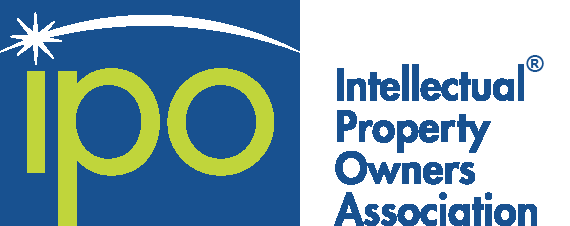It’s been five years since a new regulation regarding declarations was promulgated by the USPTO through 37 C.F.R. § 1.130. As patents prosecuted under the AIA begin to flow in larger numbers, practitioners would do well to understand the choices the USPTO has made in implementing those rules.
For instance, the USPTO has arguably taken a hard line on the issue of whether a section 102(b)(1)(B) or 102(b)(2)(B) exception regarding prior art applies. It has narrowly defined the provision that an exception applies when there has been a previous inventor-originated public disclosure of the same subject matter as that of a third party’s potential prior art disclosure, including when a third party discloses an obvious variant of the invention.
The USPTO is frequently having to make decisions on when to apply a section 102(a)(1) exception. This situation arises when prior art has another person’s name on it, e.g., along with the inventor’s. A declaration by the inventor is necessary to explain that the other person was, for example, a graduate student working under the inventor’s direct supervision.
Our panel features a Senior Legal Advisor at the USPTO, and chief IP attorney for a technology company, and a veteran patent prosecutor at a major law firm.
Speakers:
- Kathleen Fonda, USPTO
- Courtenay Brinckehoff, Foley & Lardner LLP
- Gary Ganzi, Evoqua Water Technologies, LLC

